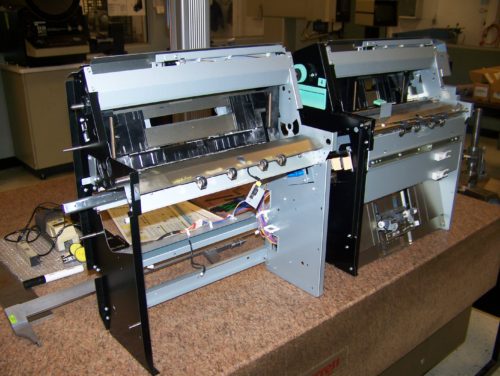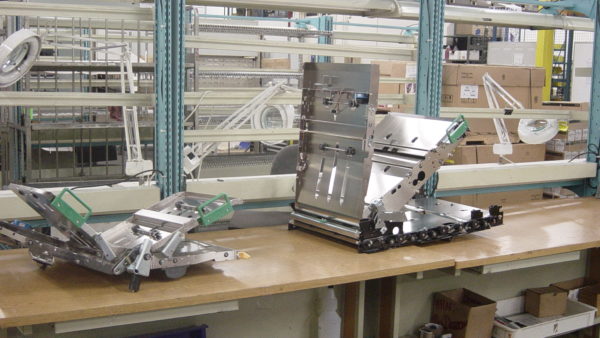What Is Remanufacturing? (And What It Isn’t)
 As Pierce Industries defines the term, remanufacturing is taking a used product, or component of that product, and converting it to a like-new condition so that it is the equivalent of a new product in terms of:
As Pierce Industries defines the term, remanufacturing is taking a used product, or component of that product, and converting it to a like-new condition so that it is the equivalent of a new product in terms of:
- performance
- specifications
- appearance
The cost of the remanufactured product is expected to be only a fraction of the equivalent new product; nevertheless, a warranty equal to that of the new product would be extended to the customer.
Without remanufacturing this used product would likely end up in a conveniently located landfill.
What does remanufacturing look like? View photos of our remanufacturing solutions.
Remanufacturing Process
The process can be complex. At Pierce, a manufacturing engineer initially evaluates the product by disassembling it completely and assessing each part to determine if it should be routinely replaced, repaired, or reused. At this point, a “Bill of Materials” is completed that would include the estimated yield on parts that will be reused.
Then a determination is made as to the methods to be used in cleaning the disassembled unit and parts as well as the associated costs to be incurred.
Determining Remanufacturing Costs
Throughout the separate phases of tear down, cleaning, and reassembly time, studies are completed and material costs are determined. All costs are then accumulated to provide a comparison with a “new build” cost. If the targeted cost is achieved, as is most often the case, the manufacturing engineer will then prepare a step-by-step process (complete with pictures) to be followed by the technical level employees.
How have our customers benefited from remanufacturing? View our remanufacturing case study.
Remanufacturing: What It Isn’t
Remanufacturing should not be confused with other forms of product recovery that do not achieve the same high standard of producing a “like-new” product.
The various terms used can be confusing and sometimes interchangeable; however, at Pierce we make the following distinctions:
- Remanufacturing – a process that results in a product that is “like new” in terms of specifications, appearance, and lifetime performance, and would also provide the same warranty as the equivalent new product.
- Repair – fixes only a known failure in a product and does not assess additional steps that need be taken to prolong life or improve appearance.
- Refurbishing – generally limited to improving the cosmetics of the product without replacing or rebuilding any components.
- Reconditioning – a process more closely aligned with remanufacturing in that it involves replacement of failed parts and those close to failure so that the product performs satisfactorily. It is not expected, however, to achieve the life of a new product, so to the extent that there is a warranty it would be less than new.
Interested in discovering how remanufacturing can benefit your application? Contact us. We look forward to partnering with you!
Related Posts
In the current manufacturing environment, remanufacturing can positively impact a company’s bottom line. Breathing new life into a worn or damaged complex subassembly and reestablishing the performance it had when it was new can save a company a considerable amount…







